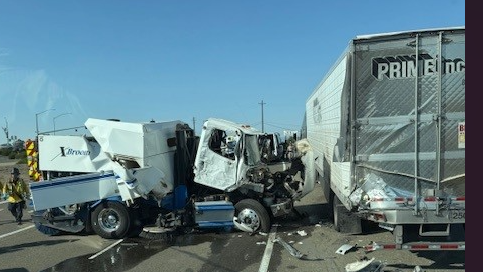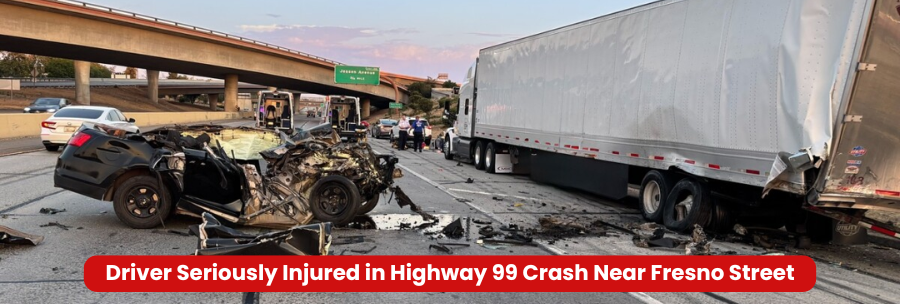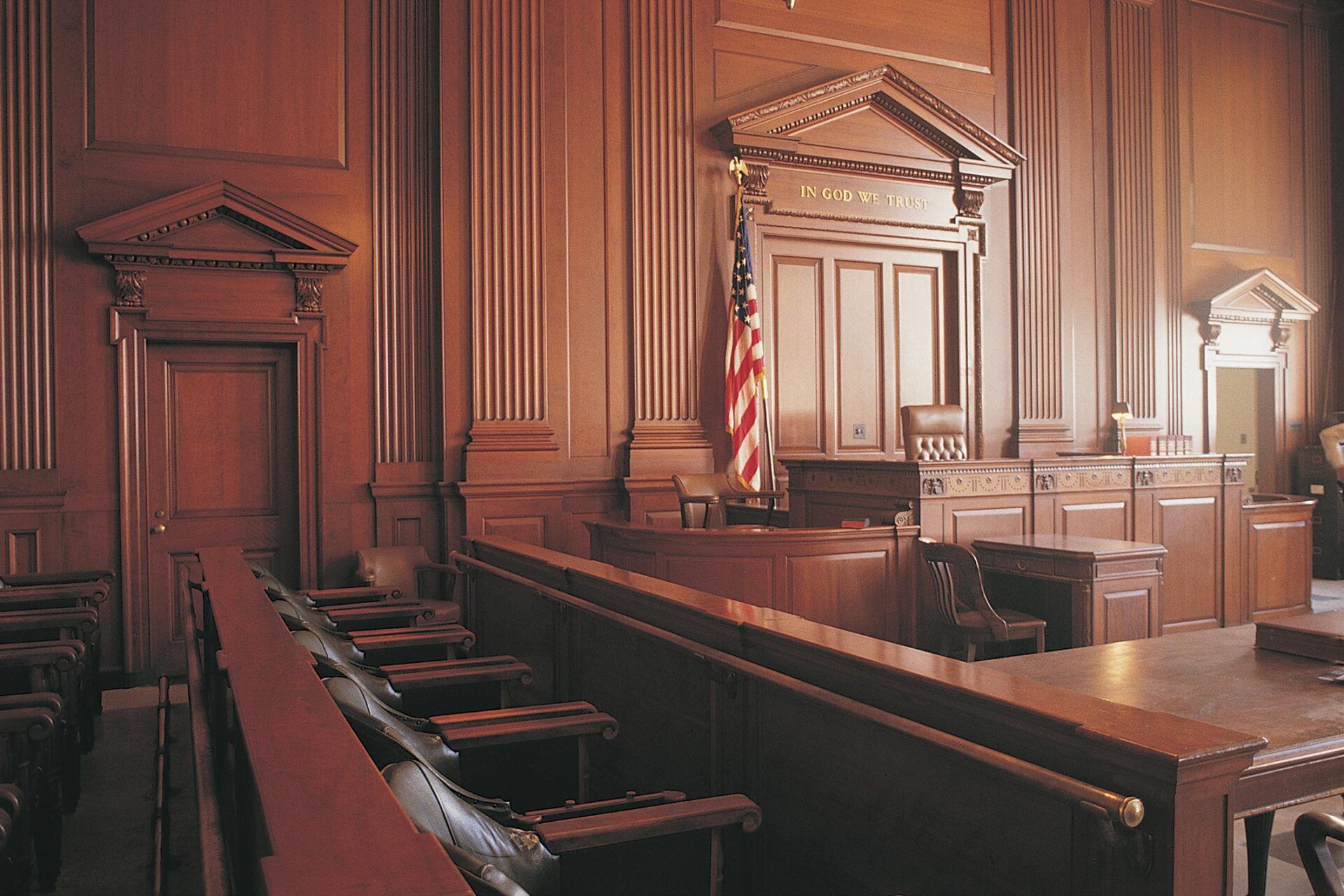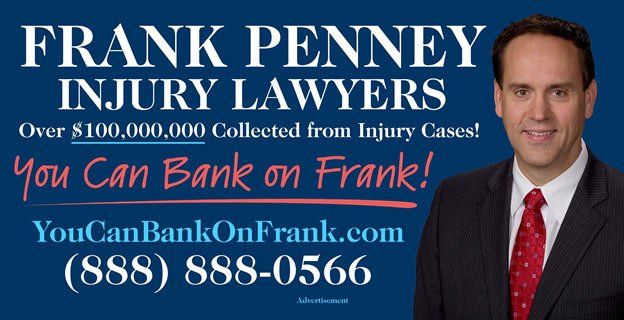GET YOUR FREE CONSULTATION
A California Personal Injury Trial in 7 Steps
Read the blog from Frank Penney Injury Lawyers in Roseville, CA below.
Usually, personal injury cases don’t go to trial. Trials are expensive, time-consuming and the outcome is uncertain for both the plaintiff and the defendant. But sometimes they do.
If your case looks like it may go to trial, you should know what happens in a typical personal injury trial. In this article, we provide a step-by-step description of what you can expect in the personal injury trial process.
Step 1: Jury Selection
In cases where a jury will be used (vs. a judicial trial), the jury must first be selected. During this time, both Plaintiff and Defendant have the opportunity to ask questions of each potential juror. This may include their preferences, life experiences, professions, opinions, etc.
DISMISSING JURORS
A Judge is permitted to excuse potential jurors from the jury pool. The Plaintiff and Defendant can also exclude some jurors based upon their right to exercise peremptory challenges – dismissing a juror for no cause at all.
Plaintiffs and Defendants can also dismiss jurors for “cause”. This means that if they find a juror who they think will not be objective, they have a right to ask that they be dismissed. A classic example of this is when a potential juror is found to have a family relationship with the defendant.
Step Two: Opening Statements
Once a jury is selected, the trial can begin. The first opportunity for the Plaintiff to describe their case and present evidence is during the Opening Statement.
The primary purpose of the opening statement is to lay out exactly why there is a reason for a trial – why the plaintiff thinks the defendant is negligent and why the defendant thinks otherwise.
In legal terms, if the Plaintiff is alleging that the Defendant is liable for Negligence, the Plaintiff must prove that Defendant owed Plaintiff a duty, breached the duty, that the breach was the actual and proximate cause of damages.
Once each side has made their opening remarks, the jury understands what the Plaintiff will try to prove and what the Defendant will argue.
Step Three: Testimony and Presentation of Evidence
In this step, the Plaintiff may introduce evidence such as photographs, documents, medical reports, recorded statements and will call witnesses to provide testimony about the evidence in their case.
Typical witnesses in a Plaintiff’s personal injury trial might include:
- Medical doctors to substantiate, validate or confirm injuries sustained.
- Police officers to authenticate police reports and conditions related to auto accidents.
- Traffic/Accident Re-constructionists to establish Plaintiff’s version of an accident, especially when disputed.
- Auto-body repair specialists to substantiate or validate the costs associated with vehicle repairs in car accidents.
- Witnesses such as plaintiff’s passengers, other drivers, and their vehicle occupants as well as pedestrians.
- Employers to support wage loss claims.
- Vocational Rehabilitation Specialists to establish prospective earnings in permanent injury claims and wrongful death.
The Defendant will then introduce their own evidence and witnesses to counter what the Plaintiff is saying and also establish their own version of events.
Once each side has presented their case, they “rest” after which, no new evidence can be permitted.
Step Four: Closing Arguments
The Closing Argument is similar to the opening statement in that it summarizes each side's version of events, while also recapping testimony and evidence that is most beneficial to their respective position.
This is the chance to also strengthen any argument that may have appeared weak during the course of the trial (but no new evidence is submitted at this time).
Step 5: Jury Instructions
At this point, the judge gives the jury a set of instructions which include the legal standards that the jury needs to decide whether the Defendant is liable for the injuries sustained in the accident. The judge will also address the “weight” the evidence must be given, the specific claims a jury can consider such as negligence, fraud, infliction of emotional distress, etc., and the types of damages available.
After the jury hears the judge’s instructions, the case goes to the jury for deliberation where they discuss the evidence presented in the trial.
Step 6: Jury Deliberation
The jury takes this time to re-group and consider the case. They evaluate the opening statements, the evidence, and testimony offered by witnesses, the closing statements, and balance this against the instructions offered by the judge. They then evaluate all of this information and even argue their positions to one another as people often see evidence and facts VERY differently.
California requires the jury to come to a unanimous decision.
Step 7: Verdict
A jury can deliberate for as long as they need to to reach a fair and just verdict. While there are no hard and fast timelines, a judge will inquire if the time in deliberation seems excessive. The jury may also send questions to the jury for further clarification if they reach a stumbling point, do not understand an instruction, or want to review an item of evidence again.
With the verdict, the jury can come back with one of three decisions:
- Reach a unanimous verdict deciding that Defendant is liable. If they decide the defendant is liable, the jury may also allocate a percentage of fault to the plaintiff and defendant. This is often necessary for California because California is a comparative fault jurisdiction state. This means that a jury (or insurance adjuster) can compare the fault of each side and assign a percentage to Plaintiff and Defendant.
- Reach a unanimous verdict deciding that the Defendant is not-liable.
- Fail to reach a unanimous verdict. This is called a hung jury. In the case of a hung jury, the judge can declare a mistrial. Mistrials can be dismissed or the judge can require the case to start over.
If you’ve suffered an injury and are unsure if you have a case, talk to one of our personal injury lawyers today for a free case evaluation.
No Fee Guarantee!
Our legal team understands that life can be very stressful after an accident of any type. The financial costs of your accident can add to that stress. When you are asking for help, this should make your life easier – not more difficult. That is why you do not have to worry about any upfront legal fees and expenses when you hire Frank Penney Injury Lawyers to handle your California personal injury case.
At Frank Penney Injury Lawyers, Frank Penney and his staff work on a contingency basis. This means you only have to pay a fee if you win your case. We will never charge a fee unless we obtain a settlement on your behalf. No win. No fee. Case closed.
This means there is no risk in asking Frank Penney Injury Lawyers for help. You get to benefit from Frank Penney’s years of experience, knowledge, and success without needing to stress about the cost. Call today to set up a free initial case assessment or to learn more.
When I first contacted the Law Offices of Frank D. Penney after my accident, I was frustrated with car insurance companies, and medical insurance companies; after all, I was in pain. He and his staff put me at ease instantly! It was such a relief to have someone working on MY BEHALF! They were able to settle my case for more than I initially thought it was worth. THANKS AGAIN!!!
- KRISTA H.
Read more
client testimonials.
Why Choose Us?
- If You Don’t Win, You Don’t Pay
- Free Case Evaluations
- Over 25 Years of Experience
- Compassionate and Caring
- Highly Rated Reviews
- Proven Track Record
- 24/7 Availability
- Quick Response Time
- And More
Our Recent Blog Posts


24/7 Availability – Reach Us by Phone, Email, Chat and More!
If you are involved in any type of personal injury due to the fault of someone else, our experienced team at Frank Penney Injury Lawyers in Roseville, CA can help. We are available to anyone in Northern California 24/7! Give us a call today to learn more at 888-888-0566. We will fight for your rights!
Contact Our Team Today
Frank Penney Injury Lawyers can be reached at the following locations:
No matter where you are in Northern California, or how you reach us, we will be there for you 24/7!
You Can Bank on Frank!




